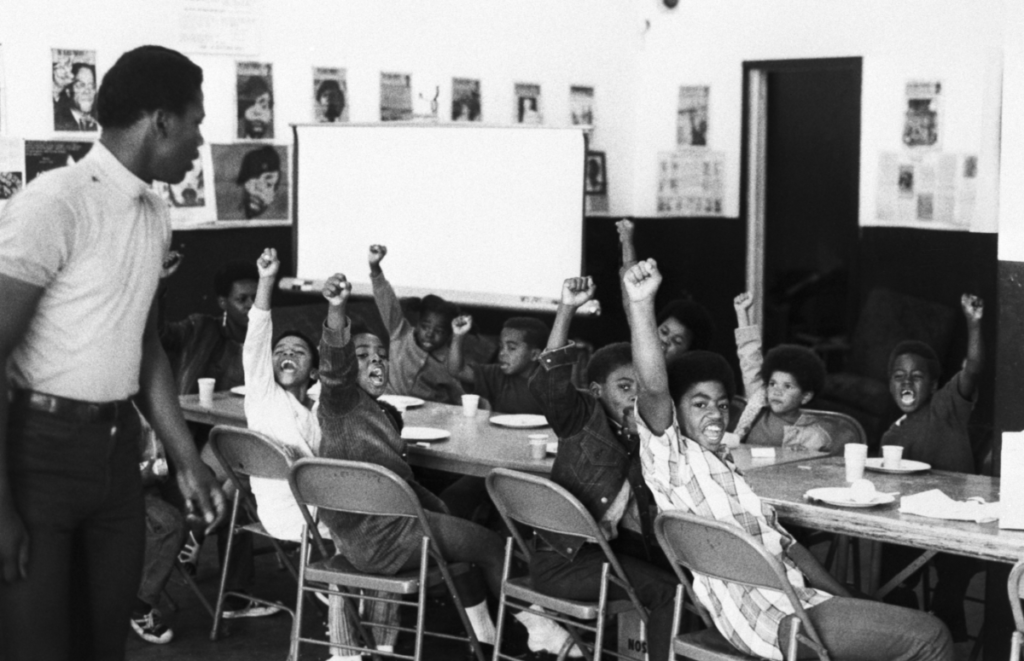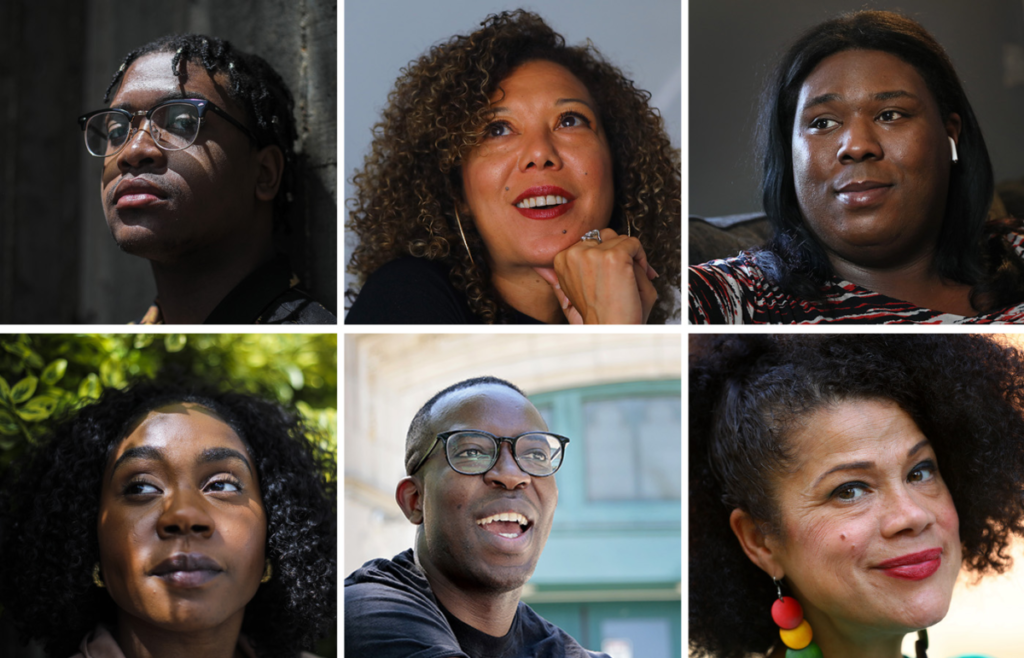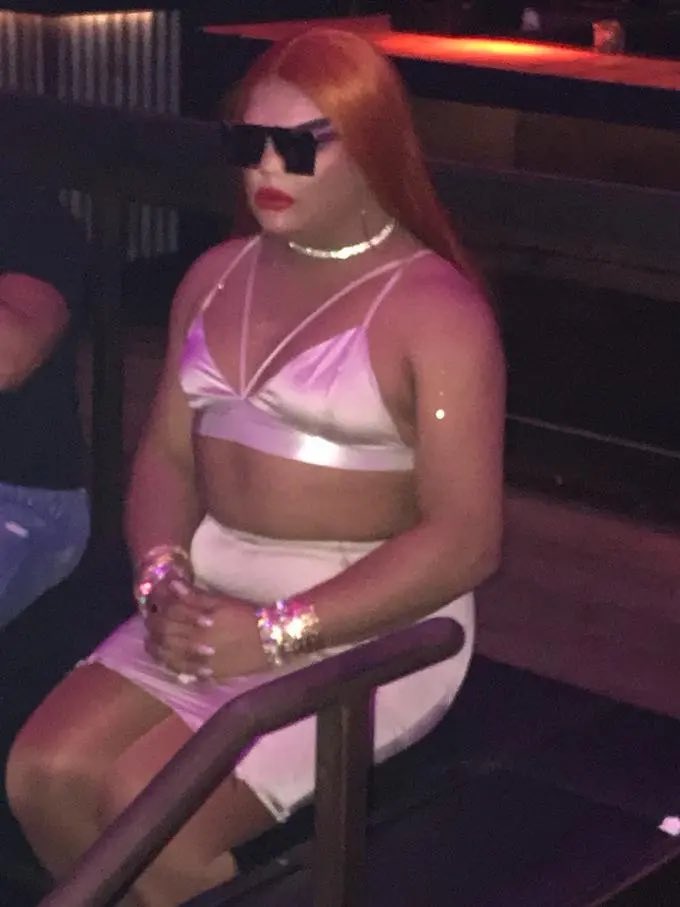What is liberation?

The term “liberation” can mean many different things. It can be associated with freedom from a more temporary lens; it can be a movement seeking rights and power for a particular group or groups; it can quite literally mean “being released, being liberated”; it can also be the removal of tradition or social dogma. Liberation can be understood as physical or mental or a combination of both. On one hand, it can be physical because there were many liberation movements aimed at providing economic or political advantages for certain people. This process might involve a forced occupation of a territory in order to release its citizens from a certain regime. On another hand, liberation can be a mental process because it can represent the inner freedom within an individual. To achieve inner freedom, we need to reflect on what keeps us in bondage, which might be caused by ignorance, attachment, and aversion, and what merits we need to cultivate within us to be liberated, grasp what’s important, and abandon what’s unnecessary. These merits could be courage, confidence, devotion, or curiosity. Many times, liberation is analyzed with consideration of both physical and mental elements. If there was a military intervention, we should not only consider the physical result of the intervention but also the purpose of it and why it was successful or not. Moreover, liberation can be understood as individual or collective though they can’t be separated most of the time. Collective liberation is the result of all lives woven together, recognizing the fact that all lives need support from each other. However, a group belief always starts off with a particular individual. Collective liberation also springs from individual liberation.
In the queer community, queer liberation is often viewed as liberation movements that aim to eliminate discrimination and persecution for people that do not fit society’s traditional view about gender and sexuality. It focuses on how liberation movements can promote progressive changes, equal rights, and social acceptance. These movements can happen in the form of activism and political advocacy. Queer liberation means that everyone should freely express their own identity without facing inferior treatment and should be willing to help other social minorities.
Background/Context of Liberation:
The term “liberation” is directly from the Latin word līberātiō, meaning “a release”, which comes from the verb līberāre, meaning “to free”. The word also relates to the old French word libération. Liberation theology translates Spanish teologia de la liberación, coined by a Peruvian priest Gustavo Gutiérrez in 1968. Nevertheless, it is unsure which exact historical figure invented/came up with the word “liberation”. In the 19th century, the term “liberationist” emerged to describe the disestablishment of churches to protect religious freedom.
Freedom vs Liberation
A more commonly used word that is similar to the meaning of liberation is “freedom”. Freedom can be expressed through different forms like economic freedom, political freedom, and religious freedom. The literal meaning of liberation and freedom are very similar (both means to free and release) yet freedom is usually referred to in a longer time process. Freedom is the state of being free whereas liberation is the act of liberating or the state of being liberated. In other words, liberation can be thought of as the process to achieve the end result of freedom. As Nazmul Sultan said, freedom cannot be achieved without the presence of liberty but liberation itself is not enough to guarantee freedom. However, this perspective that freedom somewhat incorporates liberation is not commonly agreed upon.
History of Queer Liberation in the 20th century:
Although it is unsure who came up with the term “queer liberation”, it was Teresa De Lauretis who coined the phrase “queer theory”, which included an explication of the term queer liberation. In the 20th century, queer liberation took place majorly in the form of organized activism, which aimed to protect civil rights and freedom for gay, lesbian, bisexual, transgender, and queer people. These people were long subjected to discrimination in employment, social welfare, private and public services, and so on. After World War II, queer activists formed organizations such as the Mattachine Society and the Daughters of Bilitis to fight for civil rights for gays and lesbians. Frank Kameny, one of the numerous leaders of these organizations, devoted his life to fighting against anti-LGBTQ governmental policies. Lily Vincenz, another activist leader, published newsletters and filmed key moments of these organizational efforts so that more citizens, not just queer people, could see the sufferings and unfairness. Local queer people also rose up and protested when they faced police raids of their properties and houses. In the 1980s, the HIV/AIDS epidemic further promoted LGBTQ activists in “shaping public-health advocacy compaigns that accelerated research and access to new treatments”. Over the years, the organizations improved their activism effectiveness as they recognized their past mistakes and became more inclusive of other individuals and communities along with the advancement of new technologies.
Examples:
(1) Educate to Liberate


Black Panther Program(BBP)began liberation schools led by volunteers as one of the specific efforts toward “Serve the People” program after the Civil Rights Act. Back then, public schools were unable to provide equal educational opportunities for black youth. The “educate to liberate” program gave the youth access to knowledge and cultivated them as BBP’s future force in fighting racial discrimination. However, the article emphasizes a transition of this educational program from following traditional BBP rules and shaping students to fit an ideal to progressive education and experimental learning, which promotes a healthier and more relaxing relationship with teachers and students.
The transition illustrated by the author demonstrates the idea of “educate to liberate”. In the past, children were educated to serve as the future of BBP organizations. They were educated to fit an ideal influenced by Evangelical Protestantism so they were required to dress and behave in a traditional way. However, the purpose of education is to make the black youth know more about themselves and things around them (like racial hatred) so that they can make better decisions about themselves and their community. Instead of constraints, education should give students more opportunities and freedom. With a progressive and relaxing learning environment, students are better able to think about what they want instead of what society pushes them to do.
(2)The Meaning of Black Liberation in Boston

This article approaches the idea of liberation from a racial perspective. The article is composed of different black people from Boston giving their perspectives on the meaning of “black liberation”. Black liberation can mean dismantling all racists, breaking all financial barriers for black people, and completely changing the current oppressive system. It can also mean for every black person to have his/her own space, and enjoy who he/she is, and others around.
The thesis of the article is that black liberation, the fullness of freedom, is not yet achieved. Black liberation will liberate everyone. Osterheldt argues that black liberation consists of many pieces of black freedom that are achieved in black history of fighting for power. Through the Civil War, Emancipation, and other social events, black people are winning their freedom bit by bit. As they enjoy their earned freedom, they should keep fighting for full equity to achieve liberation.
(3)The Pill and the Women’s Liberation Movement

This article talks about the invention of the pill and how that promoted the women’s liberation movement in the 20th century. Because of the pill, women are able to control their fertility so that they can postpone or stop their pregnancy to actively participate in the workforce. Instead of raising children, they could make more options for themselves. However, a backlash against the pill happened as feminists criticized the pill for threatening women’s health and used it as a tool by men to control women’s lives. This leads to women standing up and fighting for their health care.
This article stresses the idea of liberation as women make more decisions for themselves. Although the invention of the pill was to promote women’s independence and liberation, it was later to be fought against by women. But this action also makes women achieve lasting changes in the American healthcare system. With a common purpose to protect women’s bodies and health, another liberation movement took place. This shows that the liberation movement might be followed by other issues, which might be addressed by a different form of liberation movement.
Other information:
How is Liberation Understood Politically in the late 19th century?
Claire Miot interprets liberation in three different categories: process and actors, violence and emotions, and political power relations. She details the historical meaning of “liberation” under the historical context of 19th and 20th century Europe. In the first category, she argues that liberation was often the result of armed intervention. She listed out specific examples like Prussia’s occupation of France. In the second part, Miot points out the line between liberation and violence. With the effort to liberation comes with intended or unintended violence. Those who refused to cooperate in the process of liberation might face severe punishments. Lastly, she argues that liberation is the process between occupation and its repressive order.

The author does not directly address the definition of liberation. However, she mainly focuses on the connection between wars and liberation. Liberation exists as the oppressed being freed and it is evaluated based on the condition of civilians as it doesn’t necessarily mean an end to war and suffering.
Artwork about Liberation

This is an oil painting by modern painter Elena Averina from Russia. The title of the painting is “Liberation from Anxious Thoughts”. In the painting, we can see a white pigeon covering the head of the girl. The pigeon symbolizes peace and freedom. The painter draws the pigeon near the head to deliver her message of liberation of thoughts. The flashes of lightning on two sides of the artwork represent the chaos and violence produced by the storm, which symbolizes anxious thoughts. Although the girl is stuck in a storm, she stands calmly in the center as her mind is liberated. The fierce storm that represents chaos and anxiety is filled with white pigeons soaring in the sky representing peace and freedom.
Works Cited:
- “Liberation (n.).” Etymology, www.etymonline.com/word/liberation. Accessed 22 Oct. 2023.
- Choi, Connie H. “Educate to Liberate: Black Panther Liberation Schools.” The Studio Museum in Harlem, 13 Jan. 2021, studiomuseum.org/article/educate-liberate-black-panther-liberation-schools.
- Miot, Claire. “Liberating and Being Liberated in Nineteenth and Twentieth-Century Europe.” Encyclopédie d’histoire Numérique de l’Europe, ehne.fr/en/encyclopedia/themes/wars-and-memories/occupybe-occupied/liberating-and-being-liberated-in-nineteenth-and-twentieth-century-europe. Accessed 15 Oct. 2023.
- Osterheldt, Jeneé “Juneteenth and the Meaning of Black Liberation in Boston – The Boston Globe.” BostonGlobe.Com, The Boston Globe, 19 June 2023, www.bostonglobe.com/2021/06/12/metro/juneteenth-meaning-black-liberation-boston/.
- Ochester, Tracy. “Liberation: The True Meaning of Freedom.” Midwest Alliance for Mindfulness, Tracy Ochester, PsyD, RYT-200 https://mindfulness-alliance.org/wp-content/uploads/2020/04/mamwidget.png, 19 Sept. 2022, mindfulness-alliance.org/2019/07/04/liberation-the-true-meaning-of-freedom/.
- Sultan, Nazmul. “Between Liberation and Freedom: Reflections on the Constituent Assembly Debate.” The Daily Star, The Daily Star, 15 Dec. 2015, www.thedailystar.net/op-ed/between-liberation-and-freedom-reflections-the-constituent-assembly-debate-187660.
- “The Pill and the Women’s Liberation Movement.” PBS, Public Broadcasting Service, www.pbs.org/wgbh/americanexperience/features/pill-and-womens-liberation-movement/. Accessed 15 Oct. 2023.
- “LGBTQ Activism: The Post War United States, 1945-1968: U.S. History Primary Source Timeline: Classroom Materials at the Library of Congress: Library of Congress.” The Library of Congress, www.loc.gov/classroom-materials/united-states-history-primary-source-timeline/post-war-united-states-1945-1968/lgbtq-activism/. Accessed 26 Oct. 2023.
- “‘liberation from Anxious Thoughts’ Original Painting with a Silver Potal of Gray-Lilac Color with a Girl, Pigeons, Clouds, and Lightning for Purificat Painting.” Saatchi Art, www.saatchiart.com/art/Painting-Liberation-from-anxious-thoughts-original-painting-with-a-silver-potal-of-gray-lilac-color-with-a-girl-pigeons-clouds-and-lightning-for-purificat/1619139/7778057/view. Accessed 26 Oct. 2023.
